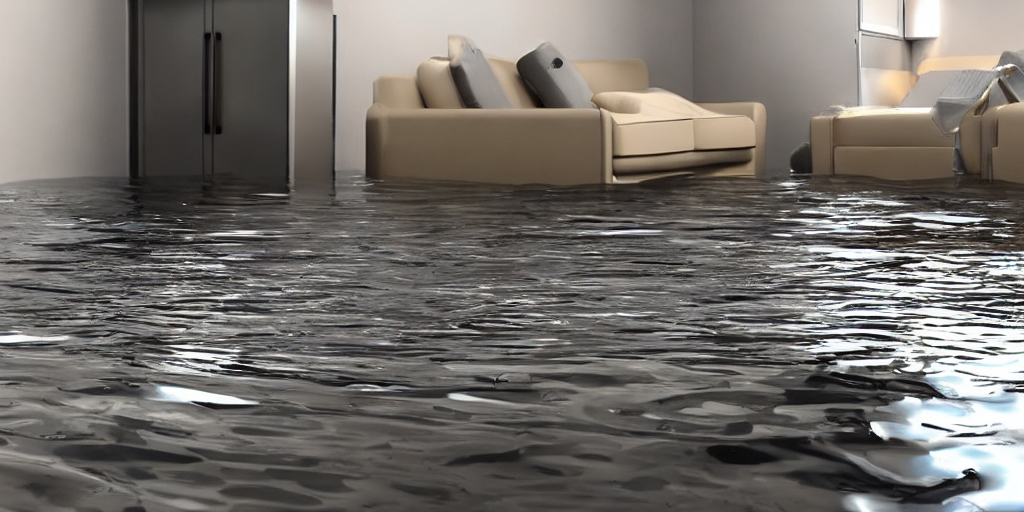Introduction
Water damage can strike unexpectedly, wreaking havoc on homes and businesses alike. Whether it’s due to a burst pipe, severe weather, or a malfunctioning appliance, the aftermath of water damage can be overwhelming. In such situations, prompt and effective water clean up and restoration services are crucial to minimize further damage and restore your property to its pre-loss condition. In this comprehensive guide, we’ll delve into the intricacies of water clean up and restoration, addressing common questions, best practices, and key considerations.
What is water restoration?
At its core, water restoration involves the process of mitigating, cleaning, and restoring properties that have been affected by water damage. This multifaceted approach encompasses a range of tasks aimed at reversing the impact of water intrusion, including extraction, drying, dehumidification, sanitization, and structural repairs. The goal of water restoration is not only to eliminate visible signs of damage but also to address underlying issues such as mold growth and structural instability.
Also Read: Top Companies That Repair Water Damage: Expert Solutions for Your Restoration Needs
What kind of work does SERVPRO do?
SERVPRO, a leading provider of water clean up and restoration services, specializes in assisting property owners in the aftermath of water damage incidents. Their expert team is equipped with advanced equipment and industry-leading techniques to swiftly assess, mitigate, and restore properties affected by water intrusion. From emergency water extraction to comprehensive drying and dehumidification, SERVPRO’s services encompass every aspect of water clean up and restoration. Additionally, they offer specialized solutions tailored to specific types of water damage, such as sewage backups or storm-related flooding.
How do you clean up after water damage?

The process of water clean up after water damage is a systematic endeavor that requires precision, expertise, and diligence. Upon arrival at the affected property, professionals typically begin by conducting a thorough assessment to determine the extent of the damage and formulate an appropriate action plan. Next, they initiate water extraction using powerful pumps and vacuums to remove standing water swiftly. Once excess water has been eliminated, the focus shifts to drying and dehumidification, utilizing industrial-grade air movers and dehumidifiers to expedite the drying process. Throughout this phase, specialized equipment such as moisture meters and infrared cameras are employed to monitor moisture levels and ensure thorough drying.
What does it mean when they say water is restored?
When professionals declare that water is restored, it signifies that the affected property has undergone comprehensive water clean up and restoration measures, and the environment has been returned to a pre-loss condition. This encompasses not only the removal of visible water and moisture but also the eradication of potential contaminants, prevention of mold growth, and restoration of damaged structures and contents. Achieving water restoration involves a combination of technical expertise, industry knowledge, and state-of-the-art equipment, all aimed at restoring the affected property to a safe, habitable condition.
Also Read: Water Damage Repair Company: The Lifesaver in Times of Crisis
Conclusion
In conclusion, water clean up and restoration are critical processes in the aftermath of water damage incidents. Whether it’s a minor leak or a major flooding event, timely and effective intervention is essential to mitigate further damage and restore affected properties. By understanding the fundamentals of water restoration, homeowners and business owners can make informed decisions and take proactive measures to safeguard their properties against the devastating effects of water damage. Remember, when faced with water damage, swift action is key to achieving successful water clean up and restoration outcomes.










